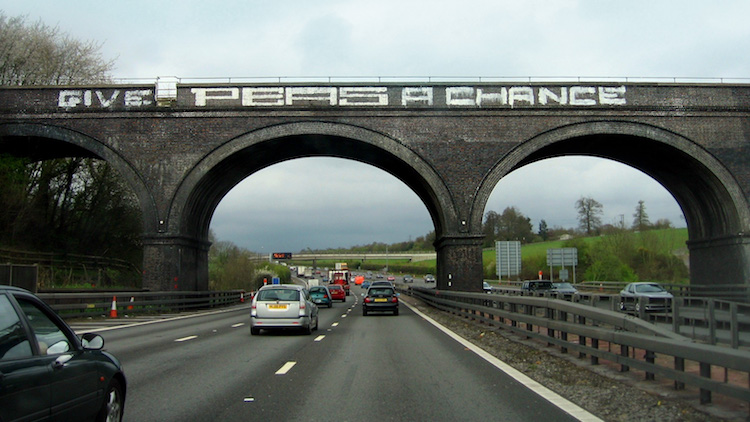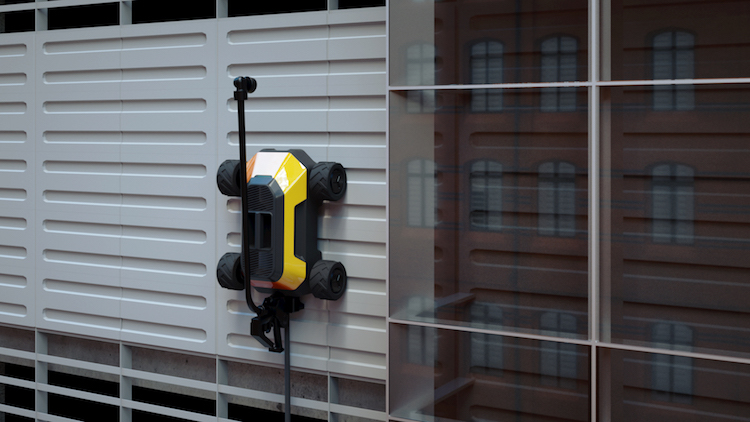
The wall-crawling robot from Hausbots has made it into the final three of National Highways’ innovation competition tackling graffiti on bridges.
Run by National Highways, Kier and Connected Places Catapult, the competition started last year, when a shortlist of five innovations was announced last summer
Following production of feasibility studies for each innovation, the final three have been chosen to share a £90,000 pot enabling them to further develop their ideas and take the products out for testing at sites in the West Midlands. The three are:
HausBots
Wall-climbing robots will be used to apply graffiti-preventative paints, reducing the risk of such hazards as working at height for the workforce.
Nano Eco Group
A chemical coating to prevent the adhesion of graffiti to a variety of surfaces and films.
Sensing Feeling and Innovation Factory
These two separate entries will now work together on an audio-video recognition solution with sensors to detect the application of graffiti which will then trigger lights and alarms.
Removing graffiti uses up money that would be better spent on the roads network and it can cost up to £10,000 to remove one instance of graffiti. The vandalism is also a distraction for drivers and often requires road closures to remove it safely.
National Highways head of innovation Annette Pass said: “People are, quite rightly, annoyed by the sight of graffiti in their communities and we are determined to find innovative new products that work quickly, safely, are cost-effective and eco-friendly to deal with the problem.

“The three concepts we have selected are very different but very exciting and could offer some innovative solutions to the age-old problem of graffiti. We look forward to seeing the results of the trials.”
Kier head of innovation Tom Tideswell said: “These new methods of removing graffiti have the potential to save on time, they can reduce inherent risks of working at height as well as the exposure of our teams to live traffic when installing and removing traffic management. This should improve on journey times for road users as well as the aesthetic aspect of the network.”
Connected Places Catapult executive director Paul Bate said: “One of the key purposes of this innovation competition has been to demonstrate and build confidence in the use of new technologies to tackle the problem of graffiti. The investment being made in these trials will help to progress these innovative solutions towards commercial deployments, with the potential, not only to improve journeys for road users, but to help put great UK companies on the path to further success.”














